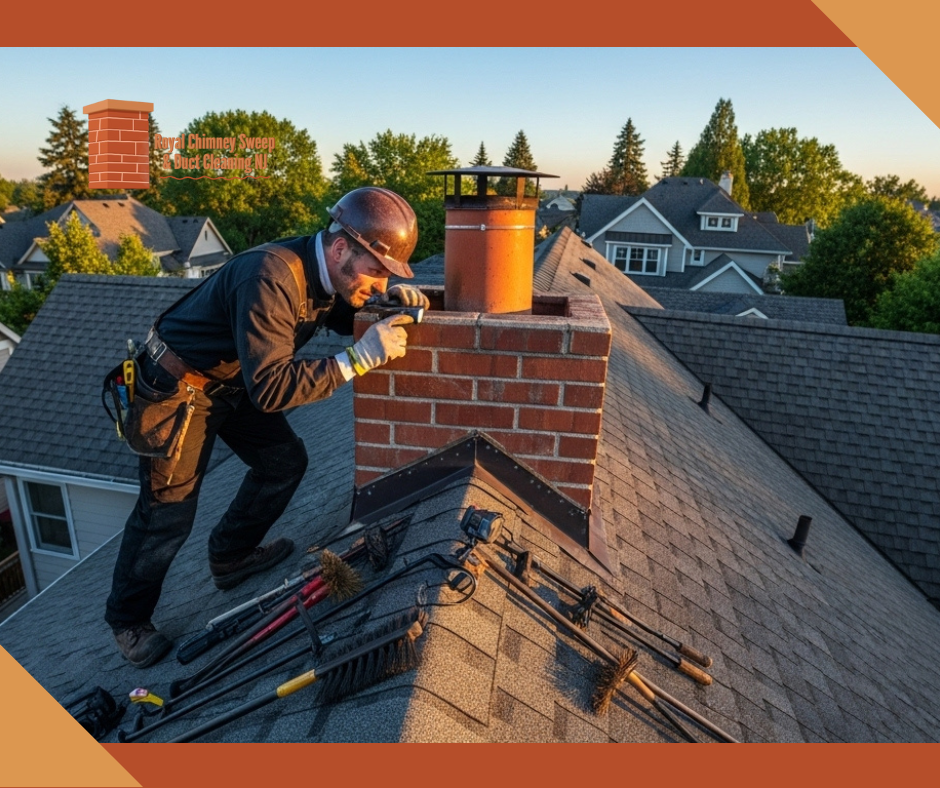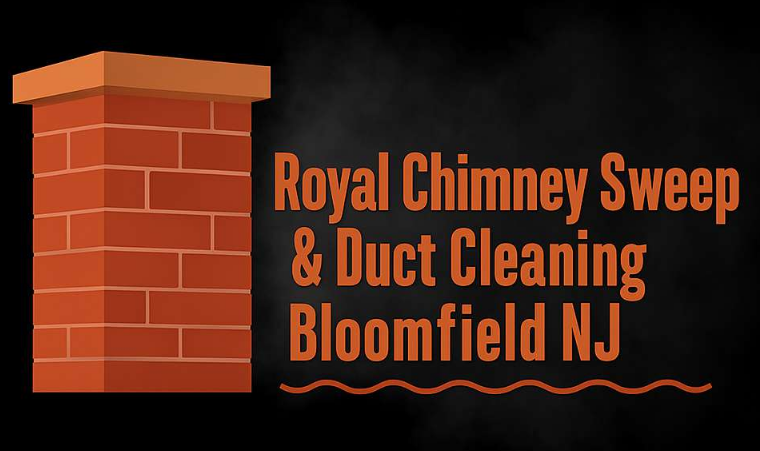
Fireplaces add warmth and charm to a home, but the chimney behind them plays a much bigger role than many homeowners realize. Without regular care, hidden damage or blockages can create serious safety hazards. This is why an annual chimney inspection is recommended for every home. It ensures your fireplace operates safely and efficiently year after year.
The Importance of Chimney Inspections
Chimneys vent smoke, gases, and heat away from your living space. When cracks, leaks, or obstructions develop, your home becomes vulnerable to fire risks, carbon monoxide buildup, and water damage. A timely chimney inspection service identifies these issues before they become costly emergencies.
What an Annual Chimney Inspection Includes
A professional chimney inspector examines the system from top to bottom. A comprehensive check typically covers:
- Structural integrity of masonry and mortar joints
- Condition of the flue liner for cracks or gaps
- Chimney crown and cap for leaks or deterioration
- Flashing around the chimney to ensure water protection
- Signs of excessive creosote or soot buildup
- Obstructions such as debris, nests, or leaves
- Firebox, damper, and smoke chamber condition
Common Issues Found During Inspections
Annual inspections often reveal hidden issues that could compromise safety, including:
- Water leaks causing stains or mold
- Cracked or spalling bricks
- Damaged or missing chimney caps
- Heavy creosote deposits increasing fire risk
- Obstructed airflow leading to smoke backup
Signs You Shouldn’t Wait Until Your Annual Inspection
While yearly checks are recommended, you may need a chimney inspection sooner if you notice:
- Unusual odors when using the fireplace
- Smoke entering your living space
- Water stains near the chimney
- Rust on dampers or metal components
- Debris falling into the firebox
How Inspections Support Chimney Repair
Annual inspections and chimney repair go hand in hand. Inspections identify early signs of damage, while repairs correct issues like cracks, leaks, and weakened structures. This combination keeps your chimney strong, efficient, and safe for long-term use.
Best Time for an Annual Chimney Inspection
The best time to schedule your chimney inspection is before the start of the heating season. This ensures your chimney is ready for safe operation when cold weather arrives. For heavy fireplace users, a mid-season inspection may provide additional peace of mind.
Conclusion
An annual chimney inspection is not optional—it’s a must for every homeowner. By identifying hidden damage, blockages, and potential hazards, inspections protect your family, extend the life of your chimney, and keep your fireplace running efficiently. Pairing yearly inspections with regular cleaning and timely repairs provides complete protection for your home.
READ MORE:
